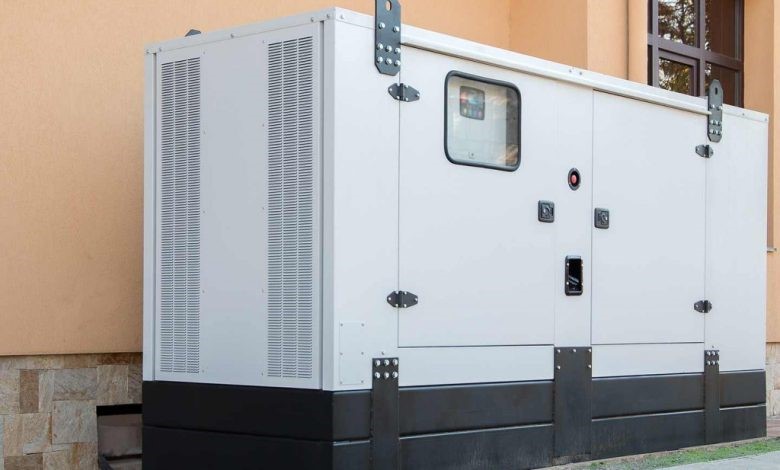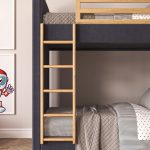For people who need hemodialysis, home treatment is arguably the most attractive option; and it’s easy to see why: rather than visiting a dialysis center machine 3 days a week for the rest of their lives, many people will decide to go through therapy from the relaxation of their own home.
Air bubbles pose a serious risk to the well-being of anyone administering intravenous therapy. Why? Because they can travel to the heart, lungs, or brain, which could cause a stroke or heart attack.
In a dialysis center, medical professionals diligently monitor the presence of air bubbles in the IV lines. Although sensors are also a crucial part of large dialysis machines, they are arguably more important at home.
presence of air bubbles
So, with pressure indicating film technology, how is this sense of independence made possible?
Meet the dream team: how bubble detectors, occlusion sensors, flow meters and pressure sensors work together
In order to make portable dialysis machines as safe and accessible as possible, different types of sensors must be designed to work simultaneously.
To better understand how the sum of these elements makes the dream of home hemodialysis a reality, let’s break down the role that each of these sensors should play.
Bubble sensors prevent air from entering the patient’s veins
Air bubbles pose a serious risk to the well-being of anyone administering intravenous therapy. Why? Because they can travel to the heart, lungs, or brain, which could cause a stroke or heart attack.
In a dialysis center, medical professionals diligently monitor the presence of air bubbles in the IV lines. Although sensors are also a crucial part of large dialysis machines, they are arguably more important at home. To ward off the threat of gas embolism, bubble sensors should be usage. Bubble sensors such as the A430 are designs to observe and notify portable dialysis machines of the existence of air in the line.
Bite sensors prevent blockage
Occlusion sensors detect forces caused by pressure increases due to tube blockages that could potentially impede the continued cleaning of blood. Like bubble sensors, occlusion sensors can act quickly on results. In most cases, bubble sensors and occlusion sensors can be combined in one smaller housing.
Pressure sensors monitor patient safety
Air bubbles pose a serious risk to the well-being of anyone administering intravenous therapy. Why? Because they can travel to the heart, lungs, or brain, which could cause a stroke or heart attack.
In a dialysis center, medical professionals diligently monitor the presence of air bubbles in the IV lines. Although sensors are also a crucial part of large dialysis machines, they are arguably more important at home
Ultrasonic flowmeters manage flow intensity
Not all dialysis patients are made equal like pressure-sensitive film. Although they may share a similar condition, each has its own unique treatment needs. For example, some people may need blood to pass through the dialyzer at a specific speed.
Air bubbles pose a serious risk to the well-being of anyone administering intravenous therapy. Why? Because they can travel to the heart, lungs, or brain, which could cause a stroke or heart attack.
In a dialysis center, medical professionals diligently monitor the presence of air bubbles in the IV lines. Although sensors are also a crucial part of large dialysis machines, they are arguably more important at home














